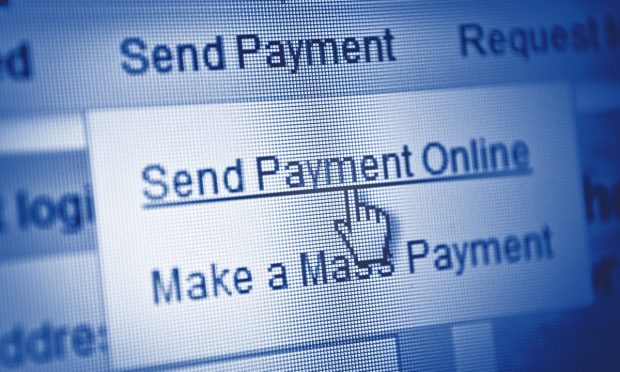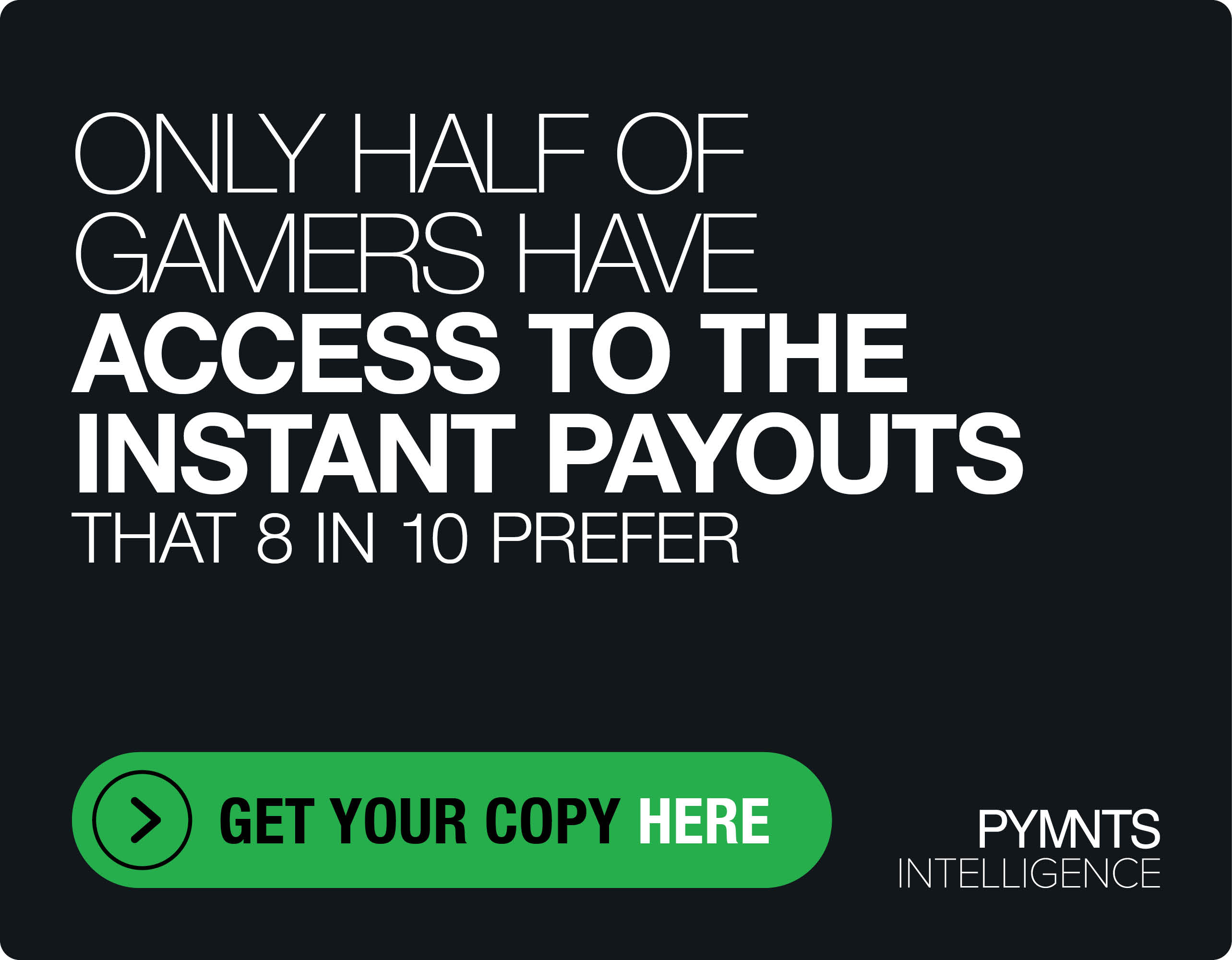Payables Departments Confront Need To Consumerize Business Payments

For much of the manufacturing, healthcare, higher education and hospitality sectors, the accounts payable (AP) regimen is still largely an outdated process in which employees spend countless hours going through invoices, scribbling numbers on checks before mailing them to suppliers who then have to cash them and wait till they’ve cleared.
It’s a slow and cumbersome process that Finexio Founder and CEO Ernest Rolfson said has no place in a world where consumers have come to expect instantaneous payments at the click of a button or the scan of a QR code.
“What we’re doing is delivering on consumer expectations, only we’re doing it for the business world,” he told PYMNTS in an interview.
Rolfson said many of Finexio’s clients in manufacturing are multigenerational businesses run by 40-something-year-old executives who’ve recently assumed responsibility from their fathers or grandfathers.
“This is a new generation of modern folks, and they’re saying, ‘Hey, wait a minute. I don’t do things manually in my personal life anymore,’” he said. “So, they’re realizing that having a cloud-based system to do this makes a lot of sense. That consumer experience in their personal lives is what they expect in the workplace too, and we’re helping them deliver on that.”
Finexio provides end-to-end AP payment capabilities. The company claims its B2B payments infrastructure supports three of the world’s largest AP and procurement software platforms. Last month, it secured $8 million in fresh funding that came after growing its B2B payments volume by 500% since the beginning of the pandemic.
Read more: Finexio Raises $8M To Build Out AP Software Suite
Post-COVID Progress
Businesses are seeing that just like in the consumer world, there’s a lot of convenience to be had by throwing paper checks in the waste bin and switching to instant, digital payments. Rolfson said one of Finexio’s customers in the healthcare space, for example, used to deal exclusively in checks, incurring costs of $7.50 to process each transaction prior to its technological upgrade.
“[The return on investment (ROI)] is instant because our model is unique in the space,” he said. “Customers are entrusting us to manage all of their payables. It’s a managed Payments-as-a-Service. So, from day one when they start interacting with us, they’re going from 100% paper to zero paper. The average paper check costs $8 to $10, so just imagine that cost takeout. The service more than pays for itself out of the gate.”
Suppliers prefer automated digital payments too, mainly because they don’t need to send someone to go and collect those checks and get them cashed at the bank. Speed is another advantage, and the company has developed an accompanying supply chain finance product called Finexio Cash that helps small businesses get hold of their money faster for a fee.
See also: Finexio Makes B2B PaaS Available Through Microsoft AppSource
“It’s a win-win,” Rolfson said. “Yes, there’s a fee to get your money faster, of course, but versus the alternative of waiting to get your money — having that option versus not having it is an excellent thing.”
The changes not only save money but also free up a lot of time and enable finance department workers to be more productive.
“We’re seeing folks who are reallocating resources and just doing more with what they have,” he explained. “They’re saying, ‘Great. I have this person in accounts payable, and now I can get more strategic value out of them because they don’t have to make all of this administrative effort.’ These are not dumb people, but unfortunately they had them doing some dumb tasks.”
Read also: Virtual Cards Improve B2B Processes As Employees Work Remotely
Rolfson said his company is seeing rapid growth because no one wants to be left behind. He noted that as Finexio’s model grows, many more established companies that don’t have modern AP software in place are also looking for a packaged solution. It’s a sign the office of the chief financial officer (CFO) is becoming increasingly driven by software and the processes they put in place, Rolfson said.
“Companies are getting very savvy, and they’re saying they need to offer more to their customers, and payment in the business world is a big missing link,” Rolfson said. “Our software can enable buying things and approving things and not yet paying for things. It will continue to be a necessary convenience.”
